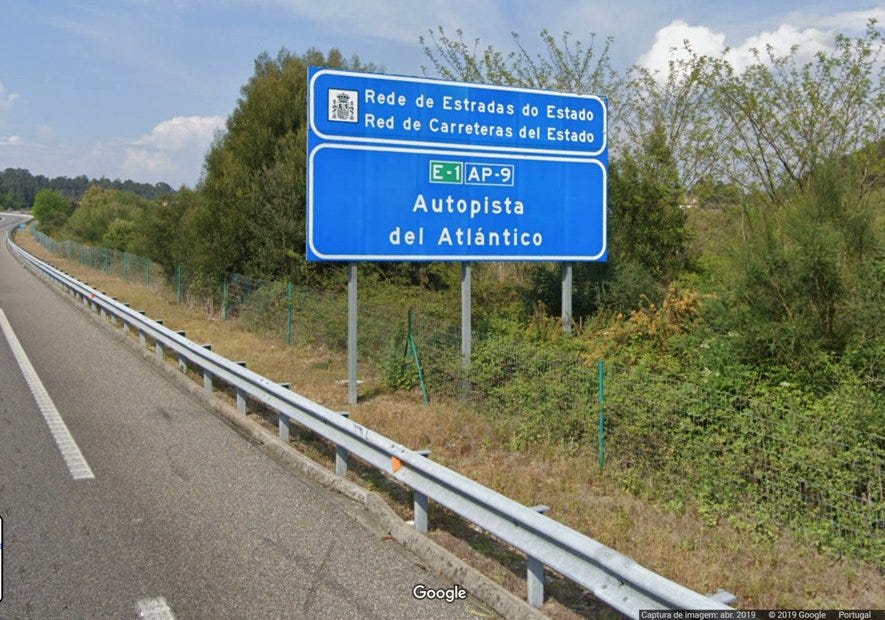How to identify Galician

If you ever visit Galicia, you’ll find there are two official languages there: Galician and Spanish.
For an English speaker, it may be difficult to distinguish between Latin languages, especially if they are close.
A few hints to help you identify Galician (there are many more)...
1. Articles
Galician articles are “a”, “o”, “as” and “os”, instead of Spanish “la”, “el”, “las”, “los”.
This is also true of contractions: Galician uses “do” while Spanish uses “del”, for example.
2. Lack of “n” and “l” between vowels
In many words where Spanish has an “n” or a “l” between vowels, there’s nothing in Galician: “lua” (Spanish “luna”) or “cor” (Spanish “color”).
3. “Ano” instead of “año”
Some words where you find “ñ” in Spanish have an “n” in Galician: the Spanish “año” is “ano” in Galician.
4. “-de” instead of “-d”
Many words that end in “-d” in Spanish end in “-de” in Galician. So, the Spanish “red” is the Galician “rede”.
5. Many instances of “ei”
There's quite a number of "ei" diphthongs in Galician: "ribeira", "leite"...
You can find some of these differences in this photo. Above, you have Galician (“Rede de Estradas do Estado”) and below you have Spanish (“Red de Carreteras del Estado”).
By the way (and this is important…): you can also use everything I say above to help identify Portuguese.
This was just a preview of many more things I have to say about Galician…


